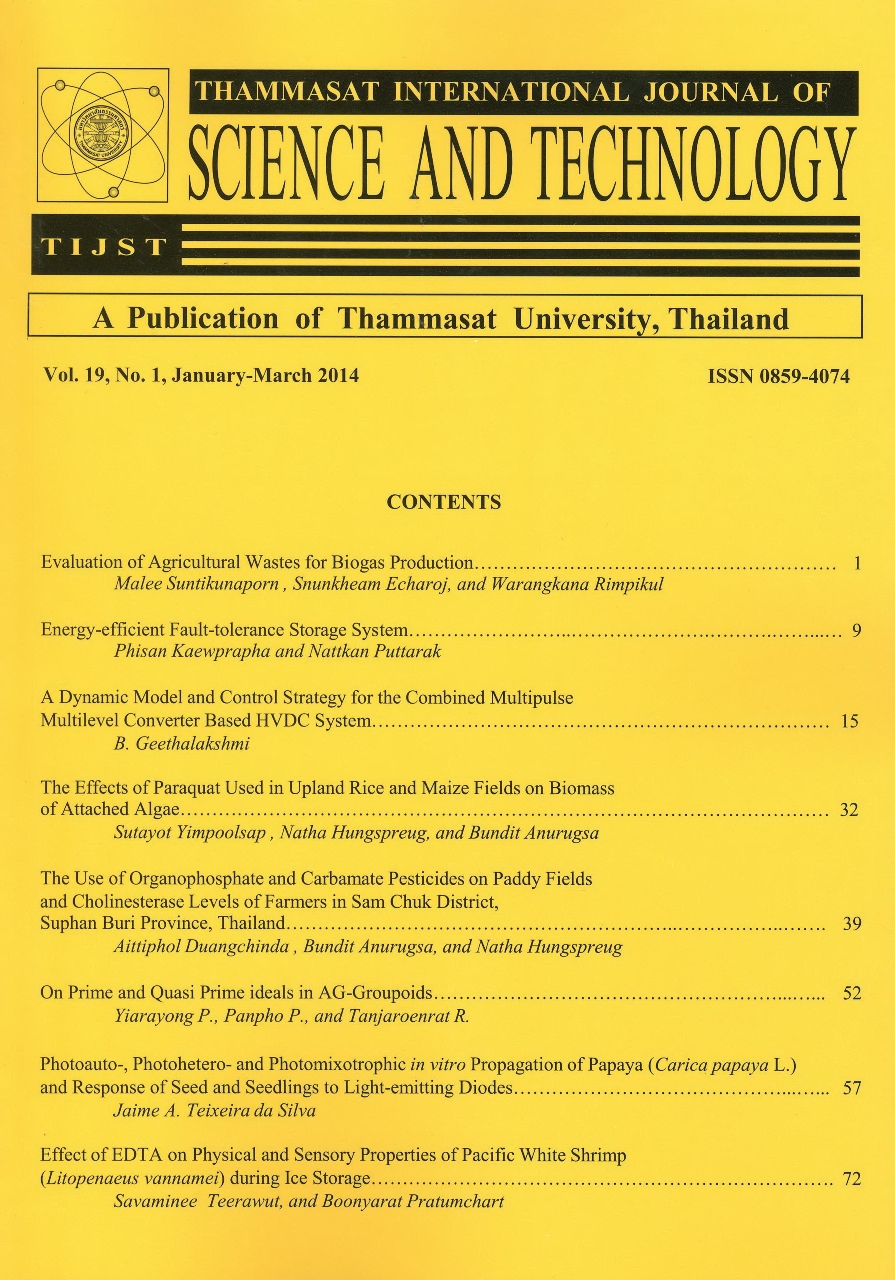Optimum Feed Ratio Analysis for Tri-Reforming of Methane Using Thermodynamic Equilibrium Method
Abstract
Tri-reforming of methane was studied in this work through a method called Gibbs free energy minimization or thermodynamic equilibrium. Optimum feed ratios of H2O/CH4 and CO2/CH4 at a specific O2/CH4 ratio were investigated based on optimum conditions which are CH4 and CO2 conversions are equal to or higher than 90%, H2/CO ratio is 2.0 and H2 yield should be as high as possible. Carbon formation during reaction was also focused for each case of the optimum feed ratio. Moreover, heat required to raise the reaction temperature was calculated and presented in terms of CO2 equivalent. Net CO2 emission from the process was finally expressed. The results showed that the values of optimum H2O/CH4 and CO2/CH4 ratios reduce as O2/CH4 ratio increases. The values of carbon selectivity, reflecting solid carbon formation, are very low. The net CO2 emission is in the range of 0.176-0.137 kmol per 1 kmol of CH4
Keywords: Tri-reforming; CO2 emission; Hydrogen production; Thermodynamic equilibrium








